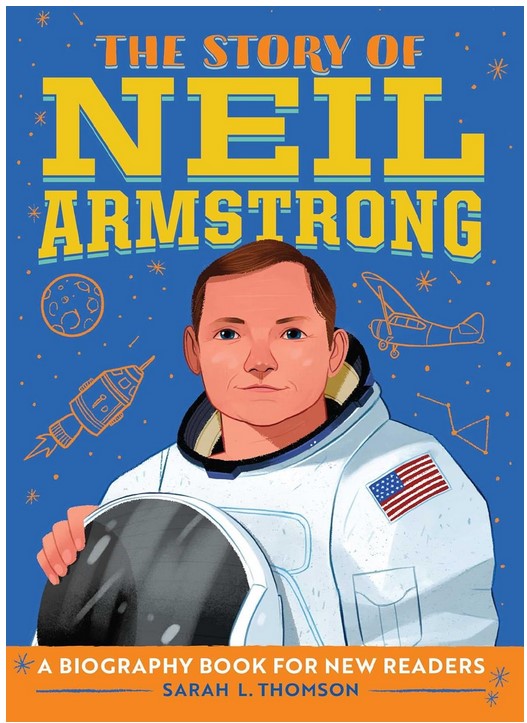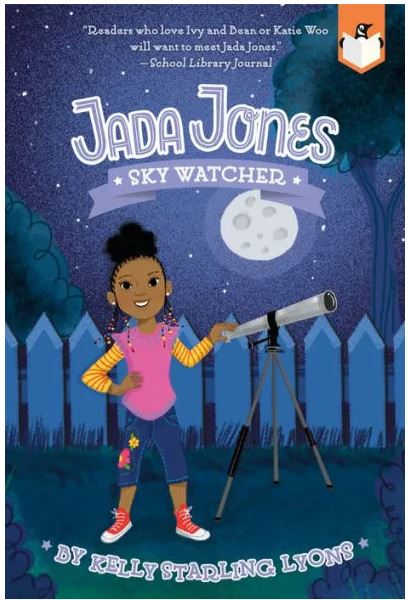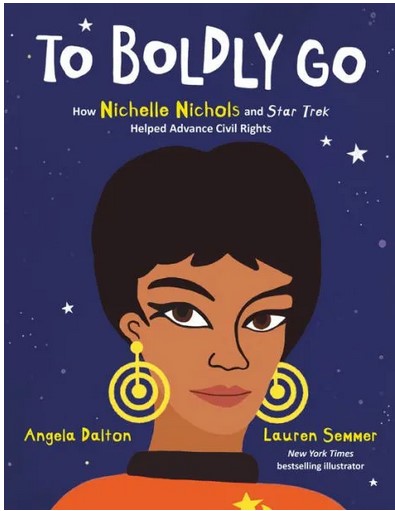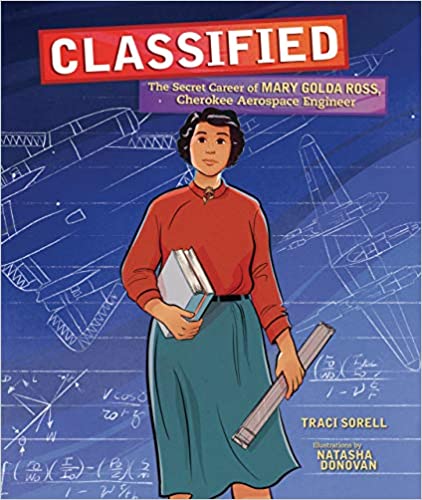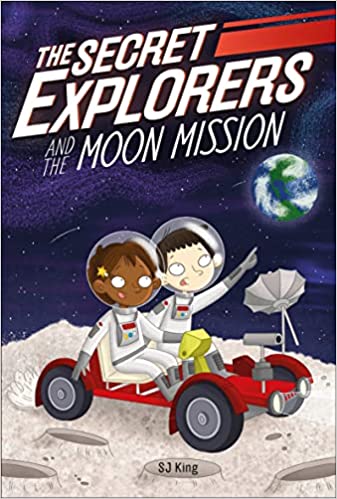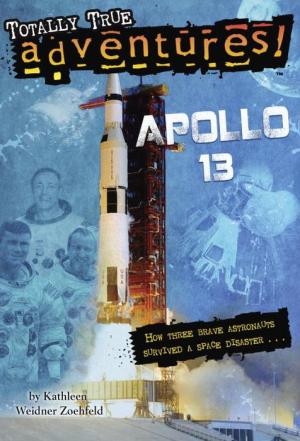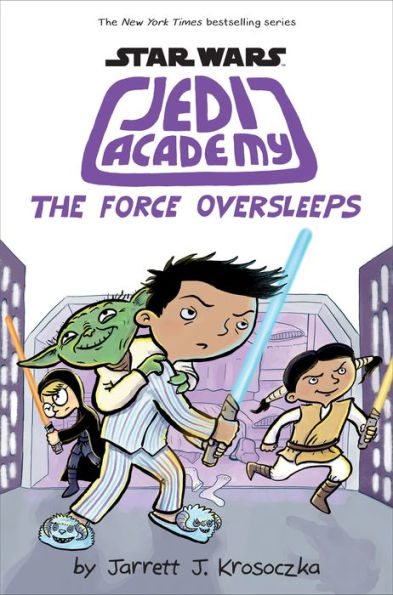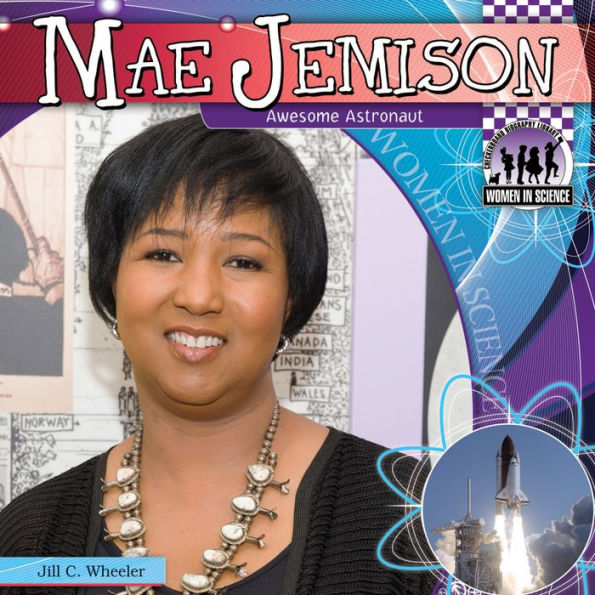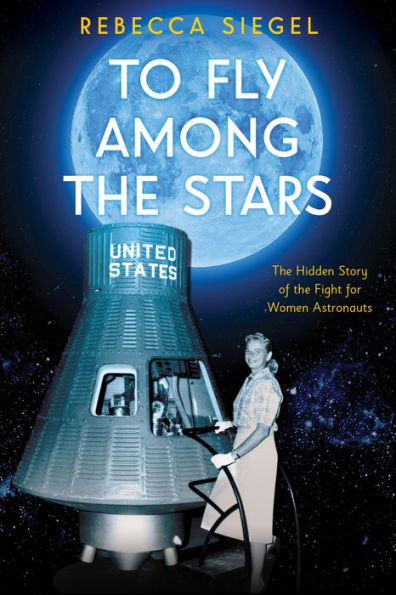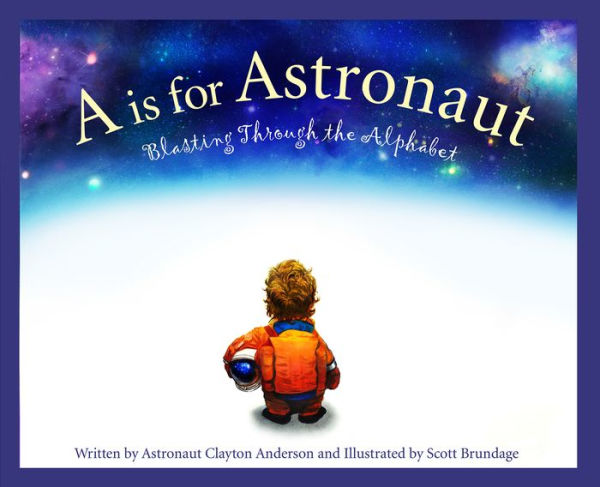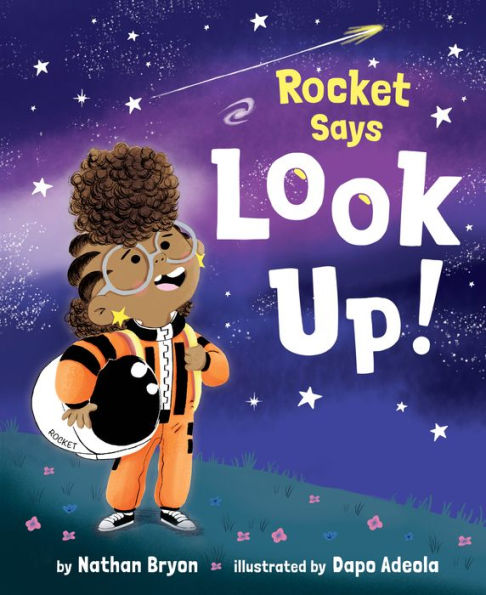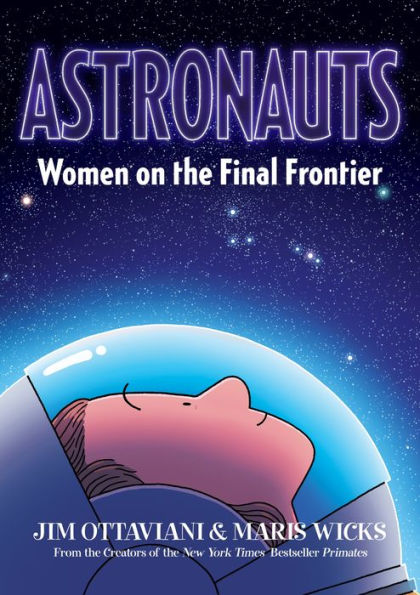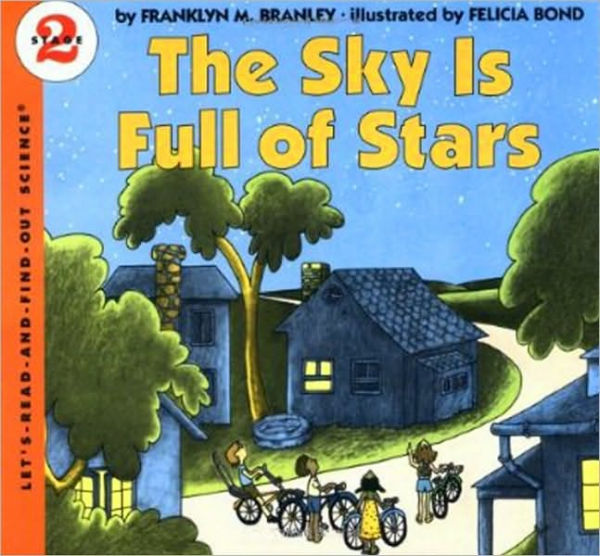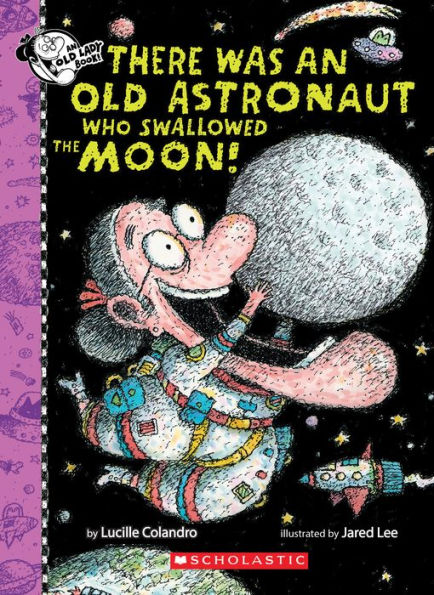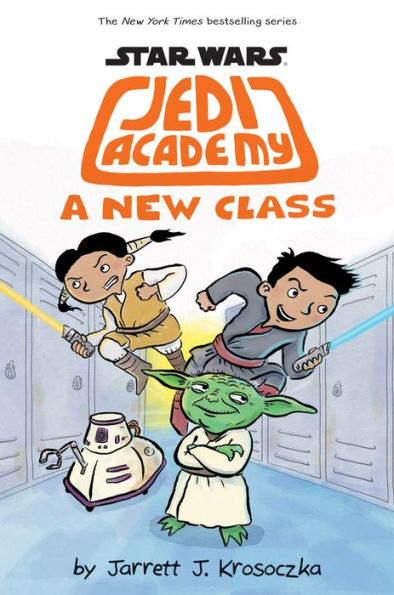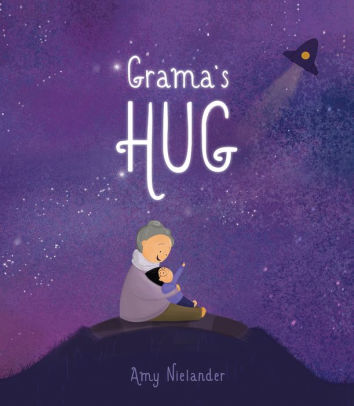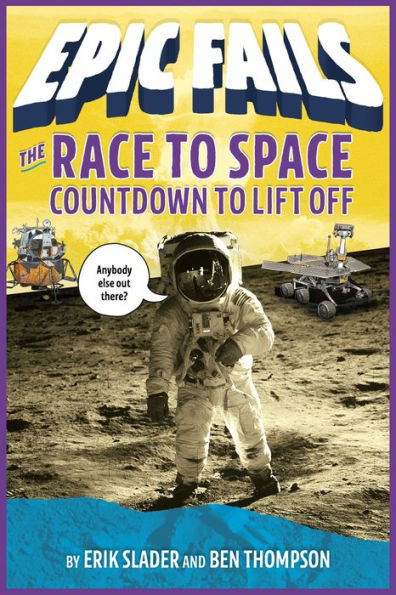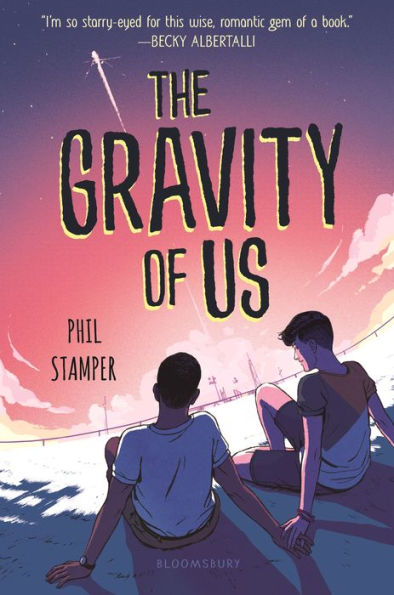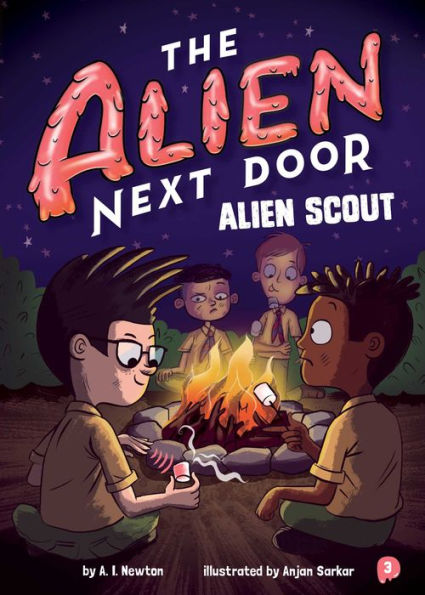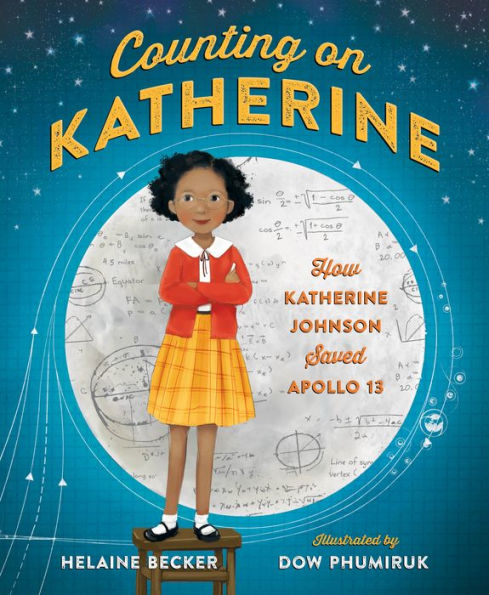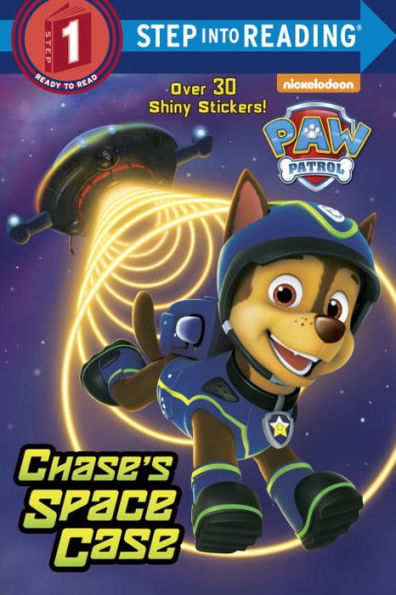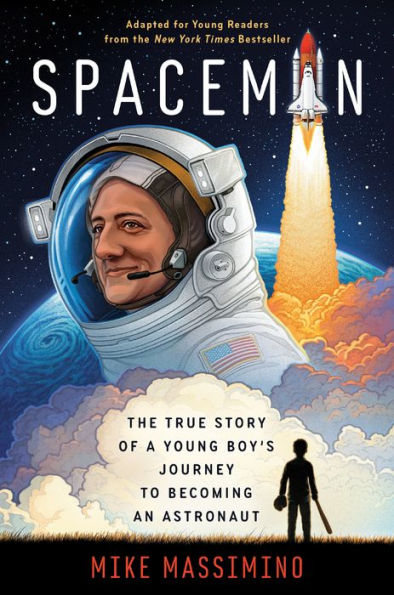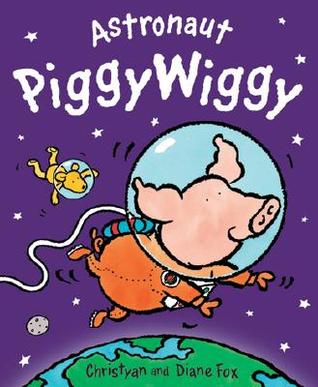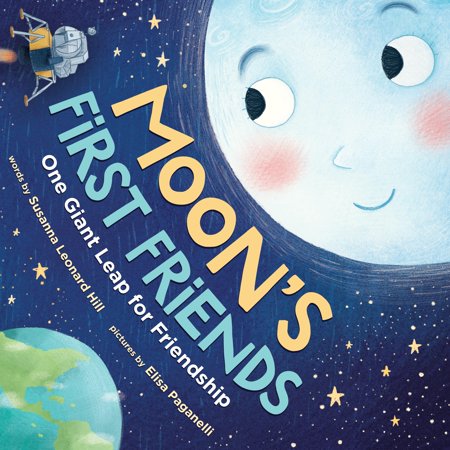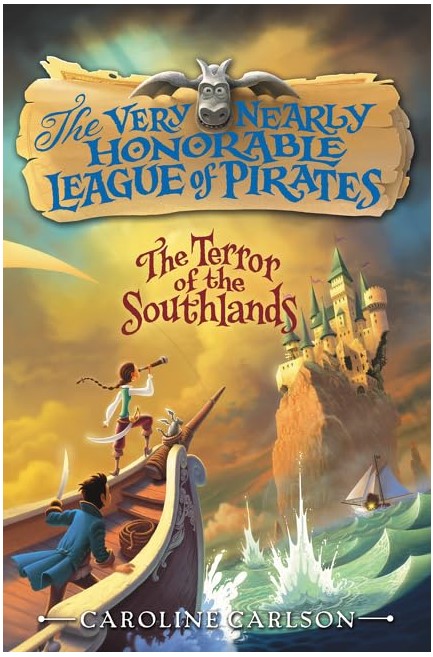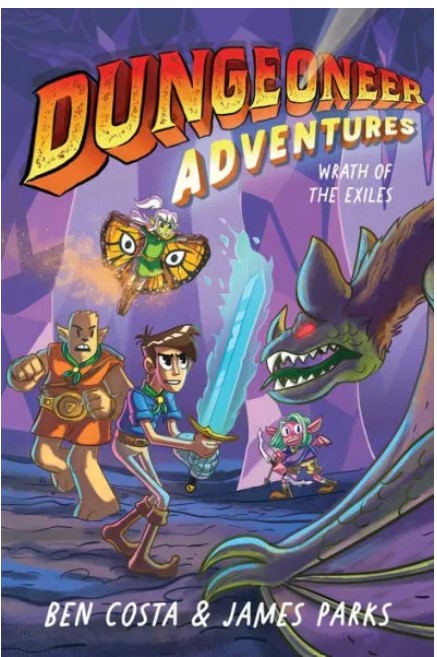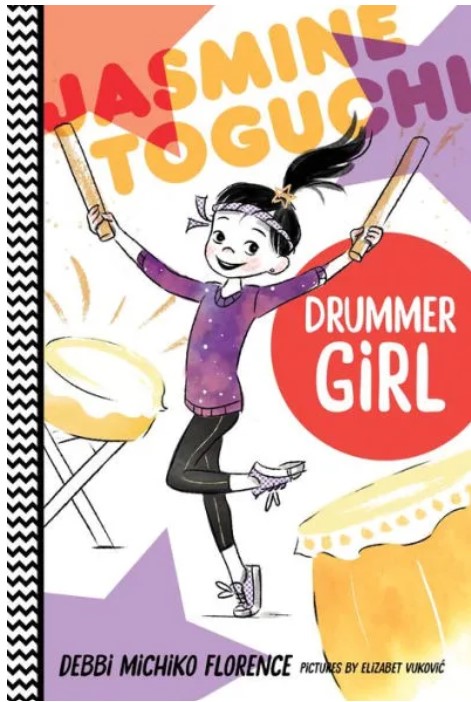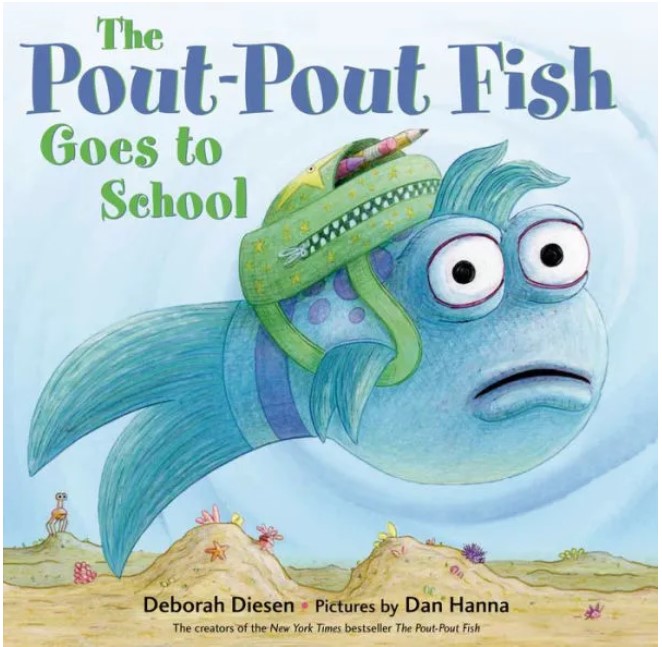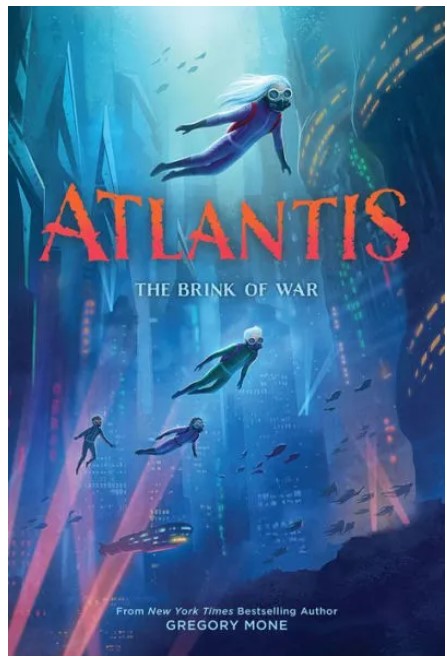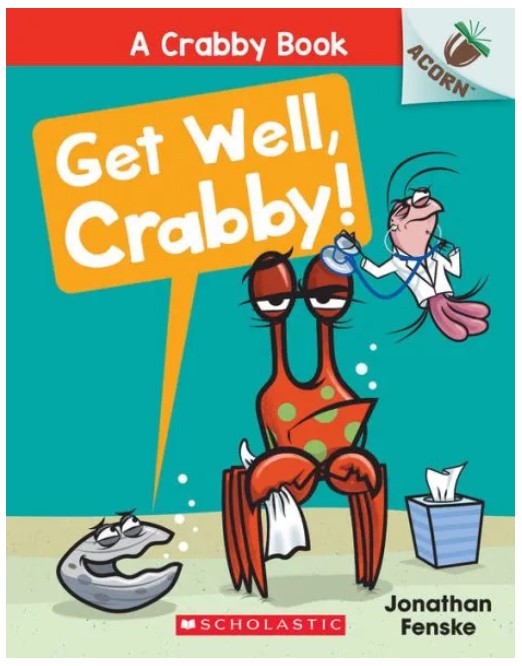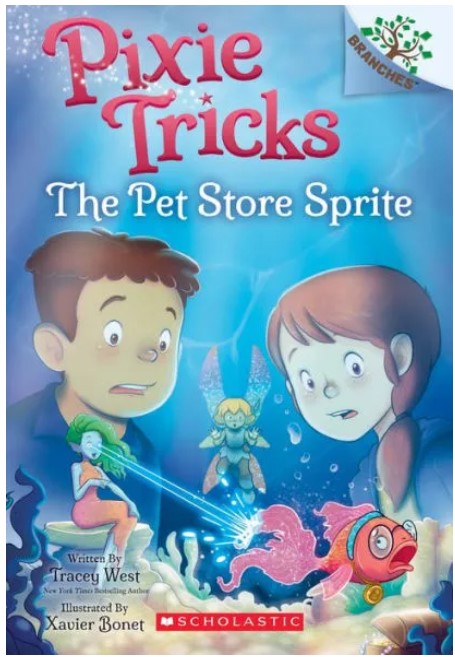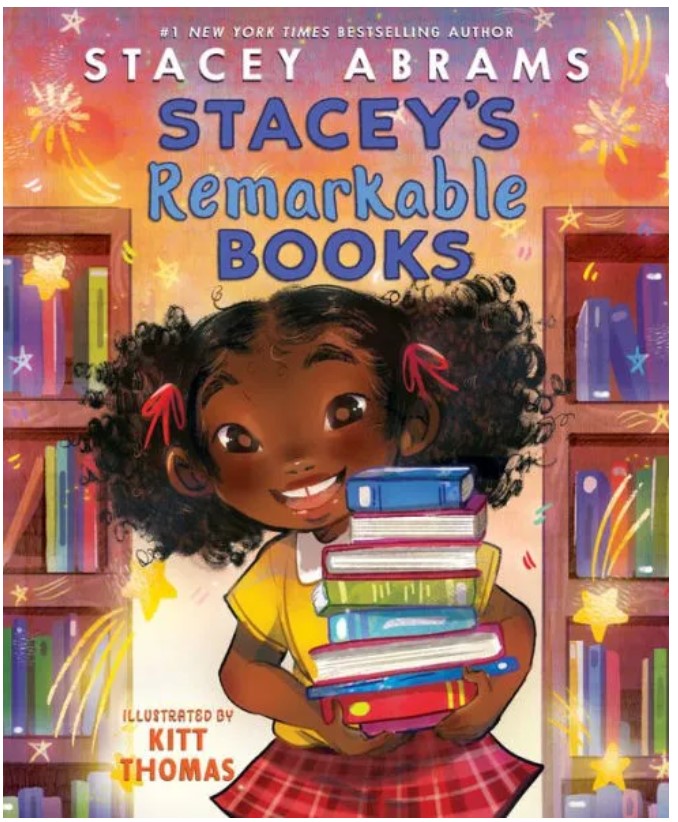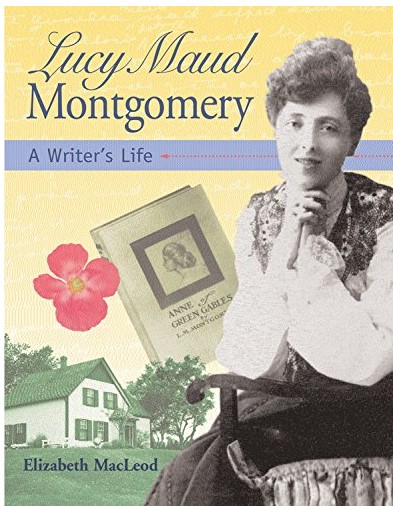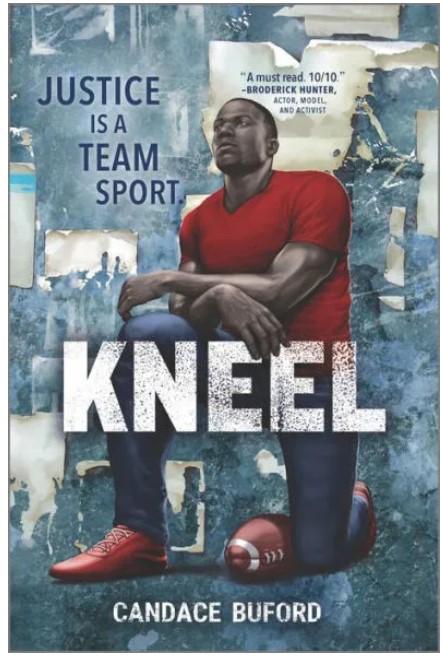Neil Armstrong is one of the most famous astronauts in history. He became the first person to walk on the moon because of his hard work, admirable fortitude, and determined attitude. His experience with NASA changed the course of space exploration forever and he cemented a legacy that continues to be recognized and praised to this day. However, Armstrong’s journey to this life-changing moment wasn’t easy, and his life was full of ups and downs.
Born on August 5th, 1930, Armstrong grew up in the small town of Wapakoneta, Ohio, during the Great Depression. Despite the challenging economic times, Armstrong loved airplanes, and his dedication to studying and flying them led to his eventual enrollment in college and the Navy. Armstrong’s life took a turn when he applied to become an astronaut for NASA. He was dedicated to NASA’s big mission: to land a man on the moon. But NASA’s training proved difficult for Armstrong, and he struggled to balance his economic issues, familial matters, and astronaut training. How did Armstrong handle the pressure to become the first person to reach the moon?
The Story of Neil Armstrong is a biographical story about Neil Armstrong’s journey as an astronaut. Told from the perspective of an outside narrator, the book follows Armstrong’s life, starting with his early childhood and ending with his retirement from NASA. While other characters appear throughout the story, such as Armstrong’s wife, Janet, the story mainly focuses on Armstrong. As such, Armstrong is portrayed as an aspiring leader whose dedication to succeed will inspire and motivate readers. Although readers won’t be able to relate to Armstrong’s experience as an astronaut, they can relate to the ups and downs that accompanied him during his life. In fact, it is because of his successes and failures that his life comes across as very realistic and genuine.
The biography displays a positive outlook on the themes of exploration, fortitude, and perseverance. Although Armstrong encountered difficult situations, his calming attitude and unbreakable courage highlight the book’s message about pursuing one’s dream and never giving up. The Story of Neil Armstrong challenges readers to chase after their passions and not shy away from trying new things. After all, Neil Armstrong is known “as the man who led the way.”
The Story of Neil Armstrong is part of a series called Story Of: A Biography for New Readers. As such, the book is educationally oriented and includes additional supplementary material like fun facts, discussion questions, a reading quiz, and a glossary. Hand-drawn illustrations are sprinkled in every one to three pages, and the back of the book contains real-life photographs that highlight the important aspects of Armstrong’s life. While some of the text may be challenging for younger readers, The Story of Neil Armstrong presents an exciting tale about one of history’s most famous astronauts. It’s an engaging story that will hook readers, young and old, from page one and challenge them to shoot for the stars.
To learn more about space exploration and Neil Armstrong, read Apollo 13 by Kathleen Weidner Zoehfeld and The Race to Space Countdown to Liftoff by Erik Slader & Ben Thompson.
Sexual Content
- None
Violence
- None
Drugs and Alcohol
- None
Language
- None
Supernatural
- None
Spiritual Content
- None
